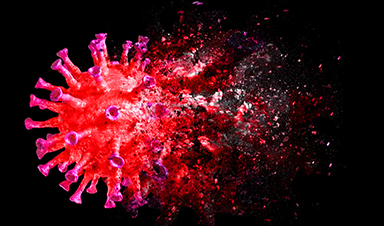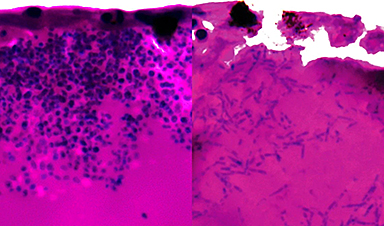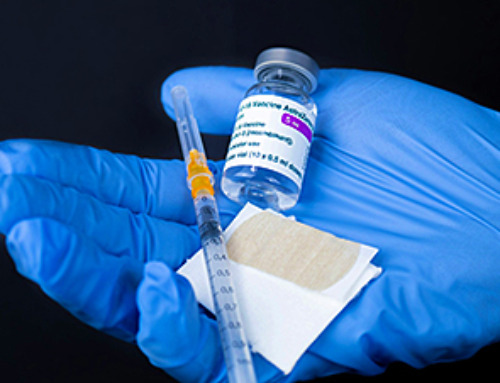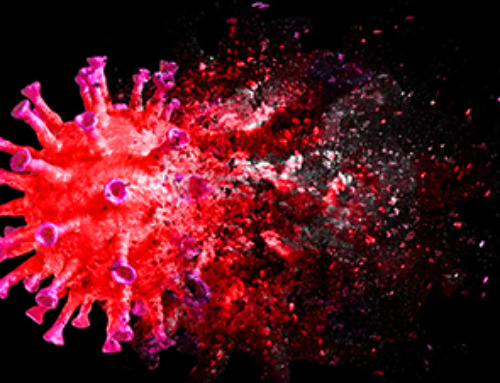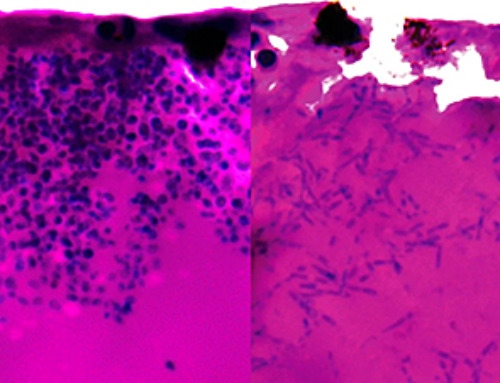The innovative realm of cosmetic science has recently spotlighted lignin nanoparticles (LNPs) for their exceptional potential in fortifying sun protection measures within skincare products. These nanoparticles are celebrated for their superior ability to block harmful UV rays, a critical feature that outshines the capabilities of their soluble counterparts, the lignin oligomers.
Despite these promising attributes, the intricate relationship between the chemical makeup of these LNPs and their particle size distribution remains a subject of ongoing research. A notable challenge in this field has been the reliance on technical lignin as a primary source material, which undergoes significant structural alterations during extraction, thus complicating the study of its inherent UV-blocking properties.
In a significant stride towards demystifying these complexities, a team of Chinese researchers embarked on a comprehensive study, the findings of which were documented in the esteemed journal Carbon Resources Conversion. This research initiative delved into the interplay between the chemical constitution and particle size distribution of LNPs, aiming to unravel the factors that govern their efficacy in amplifying sunscreens’ sun protection factor (SPF).
Zhicheng Jiang, a co-corresponding author and a distinguished member of the College of Biomass Science and Engineering at Sichuan University, shed light on the transformative potential of LNPs when engineered into nanoparticles. He elucidated, “Upon preparation into nanoparticles, lignin can synergistically enhance the UV shielding effect of composite materials when combined with other anti-UV agents, such as commercial sunscreens.”
Jiang further expounded on the complexities of optimising the UV-blocking prowess of LNPs within sunscreen formulations. He emphasised that the task is far from simple, as it necessitates a nuanced understanding of various parameters, including the LNPs’ structure, size, and concentration, which collectively influence the performance of the sunscreen post the incorporation of LNPs.
The research unveiled that LNPs characterised by dense structures featuring conjugating C=O and β-O-4 linkages along with a syringyl unit enriched with methoxyl groups significantly bolstered the UV resistance of sunscreen formulations. Jiang revealed a fascinating aspect of the LNPs’ behaviour when mixed in sunscreens, stating, “In sunscreen formulations, the simultaneous inclusion of large and small LNPs results in a state of disorder, which allows some particles to fill the gaps between them and adjacent particles, leading to a more compact LNP shield.” This intricate interplay, he noted, markedly elevates the UV-blocking efficiency of the mixture, surpassing that of formulations with uniformly sized LNPs at equivalent concentrations.
Tianyu Liang, the study’s lead author, reflected on the past challenges and the breakthroughs achieved through this research. He remarked, “In the past, exploring the UV shielding mechanism of LNPs and consciously regulating them was a daunting task.” Liang’s statement underscores the groundbreaking nature of their findings, which pave the way for tailored strategies to enhance the UV protection capabilities of LNPs, whether through chemical modifications or adjustments in particle size distribution.
The study highlights the technical advancements in the field and underscores the potential of LNPs as a sustainable, nature-derived solution for UV protection in sunscreens and broader cosmetic applications. This research marks a significant milestone in the journey towards harnessing the full potential of lignin nanoparticles, promising a future where skincare products are more effective in protecting against the sun’s harmful rays and lean towards natural, environmentally friendly ingredients.
Author
Isabella Sterling
News
Does being infected or vaccinated first influence COVID-19 immunity?
A new study analyzing the immune response to COVID-19 in a Catalan cohort of health workers sheds light on an important question: does it matter whether a person was first infected or first vaccinated? [...]
We May Never Know if AI Is Conscious, Says Cambridge Philosopher
As claims about conscious AI grow louder, a Cambridge philosopher argues that we lack the evidence to know whether machines can truly be conscious, let alone morally significant. A philosopher at the University of [...]
AI Helped Scientists Stop a Virus With One Tiny Change
Using AI, researchers identified one tiny molecular interaction that viruses need to infect cells. Disrupting it stopped the virus before infection could begin. Washington State University scientists have uncovered a method to interfere with a key [...]
Deadly Hospital Fungus May Finally Have a Weakness
A deadly, drug-resistant hospital fungus may finally have a weakness—and scientists think they’ve found it. Researchers have identified a genetic process that could open the door to new treatments for a dangerous fungal infection [...]
Fever-Proof Bird Flu Variant Could Fuel the Next Pandemic
Bird flu viruses present a significant risk to humans because they can continue replicating at temperatures higher than a typical fever. Fever is one of the body’s main tools for slowing or stopping viral [...]
What could the future of nanoscience look like?
Society has a lot to thank for nanoscience. From improved health monitoring to reducing the size of electronics, scientists’ ability to delve deeper and better understand chemistry at the nanoscale has opened up numerous [...]
Scientists Melt Cancer’s Hidden “Power Hubs” and Stop Tumor Growth
Researchers discovered that in a rare kidney cancer, RNA builds droplet-like hubs that act as growth control centers inside tumor cells. By engineering a molecular switch to dissolve these hubs, they were able to halt cancer [...]
Platelet-inspired nanoparticles could improve treatment of inflammatory diseases
Scientists have developed platelet-inspired nanoparticles that deliver anti-inflammatory drugs directly to brain-computer interface implants, doubling their effectiveness. Scientists have found a way to improve the performance of brain-computer interface (BCI) electrodes by delivering anti-inflammatory drugs directly [...]
After 150 years, a new chapter in cancer therapy is finally beginning
For decades, researchers have been looking for ways to destroy cancer cells in a targeted manner without further weakening the body. But for many patients whose immune system is severely impaired by chemotherapy or radiation, [...]
Older chemical libraries show promise for fighting resistant strains of COVID-19 virus
SARS‑CoV‑2, the virus that causes COVID-19, continues to mutate, with some newer strains becoming less responsive to current antiviral treatments like Paxlovid. Now, University of California San Diego scientists and an international team of [...]
Lower doses of immunotherapy for skin cancer give better results, study suggests
According to a new study, lower doses of approved immunotherapy for malignant melanoma can give better results against tumors, while reducing side effects. This is reported by researchers at Karolinska Institutet in the Journal of the National [...]
Researchers highlight five pathways through which microplastics can harm the brain
Microplastics could be fueling neurodegenerative diseases like Alzheimer's and Parkinson's, with a new study highlighting five ways microplastics can trigger inflammation and damage in the brain. More than 57 million people live with dementia, [...]
Tiny Metal Nanodots Obliterate Cancer Cells While Largely Sparing Healthy Tissue
Scientists have developed tiny metal-oxide particles that push cancer cells past their stress limits while sparing healthy tissue. An international team led by RMIT University has developed tiny particles called nanodots, crafted from a metallic compound, [...]
Gold Nanoclusters Could Supercharge Quantum Computers
Researchers found that gold “super atoms” can behave like the atoms in top-tier quantum systems—only far easier to scale. These tiny clusters can be customized at the molecular level, offering a powerful, tunable foundation [...]
A single shot of HPV vaccine may be enough to fight cervical cancer, study finds
WASHINGTON -- A single HPV vaccination appears just as effective as two doses at preventing the viral infection that causes cervical cancer, researchers reported Wednesday. HPV, or human papillomavirus, is very common and spread [...]
New technique overcomes technological barrier in 3D brain imaging
Scientists at the Swiss Light Source SLS have succeeded in mapping a piece of brain tissue in 3D at unprecedented resolution using X-rays, non-destructively. The breakthrough overcomes a long-standing technological barrier that had limited [...]



